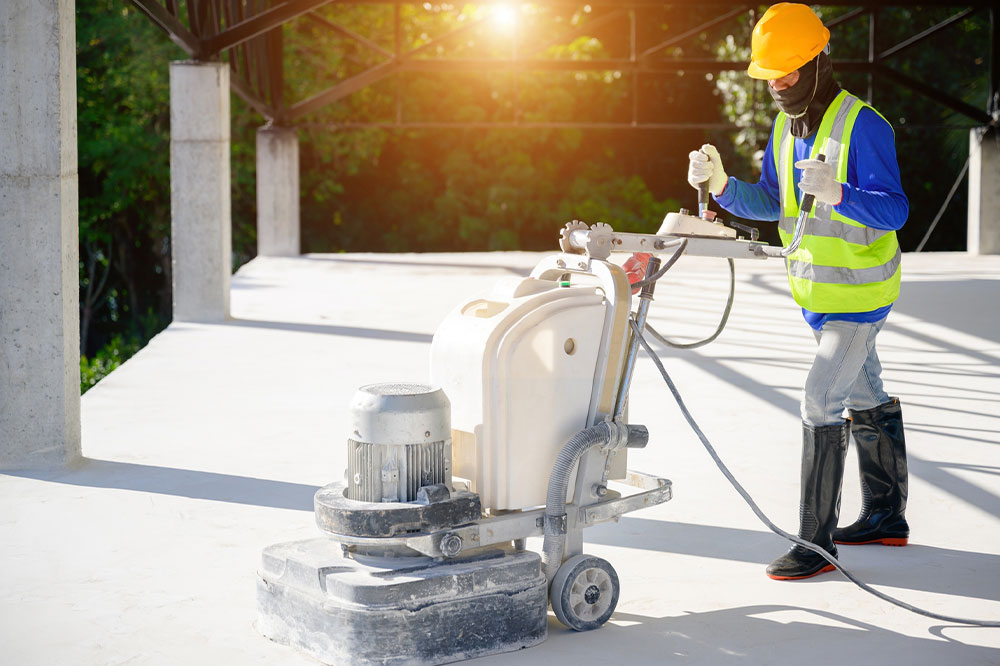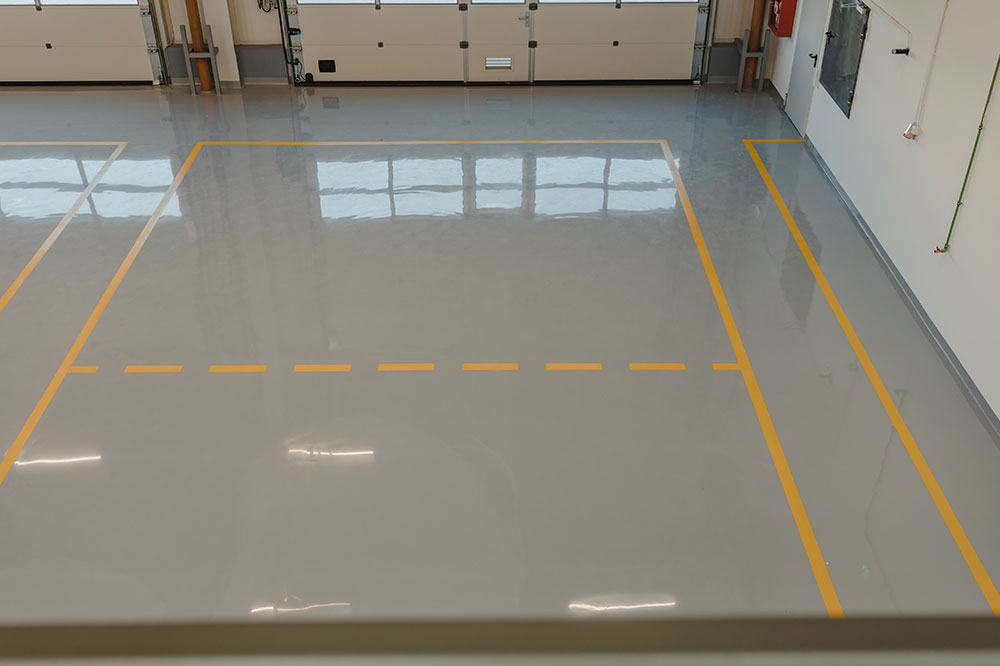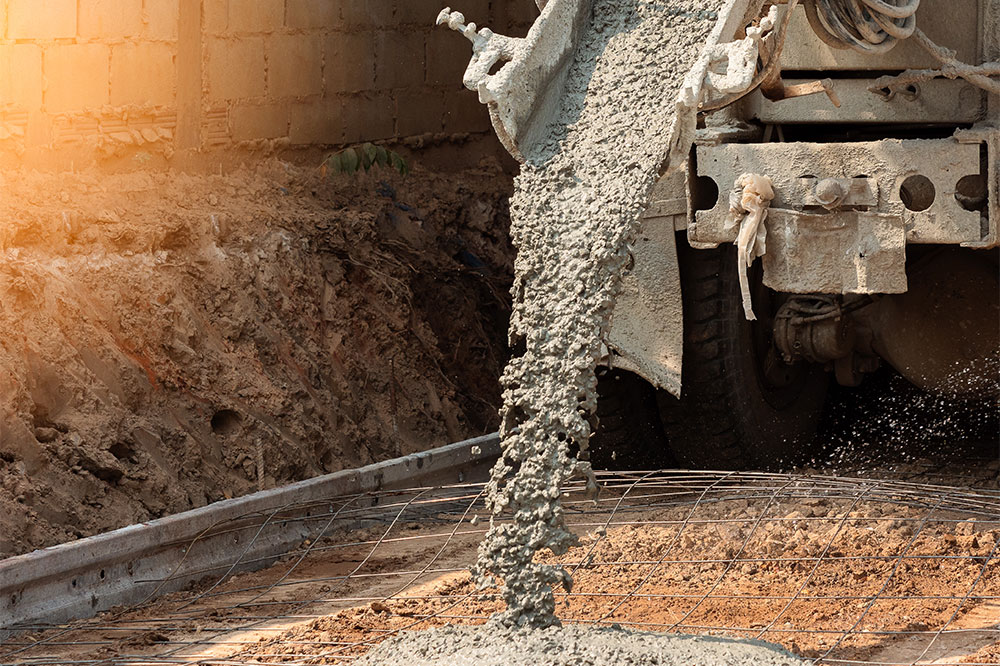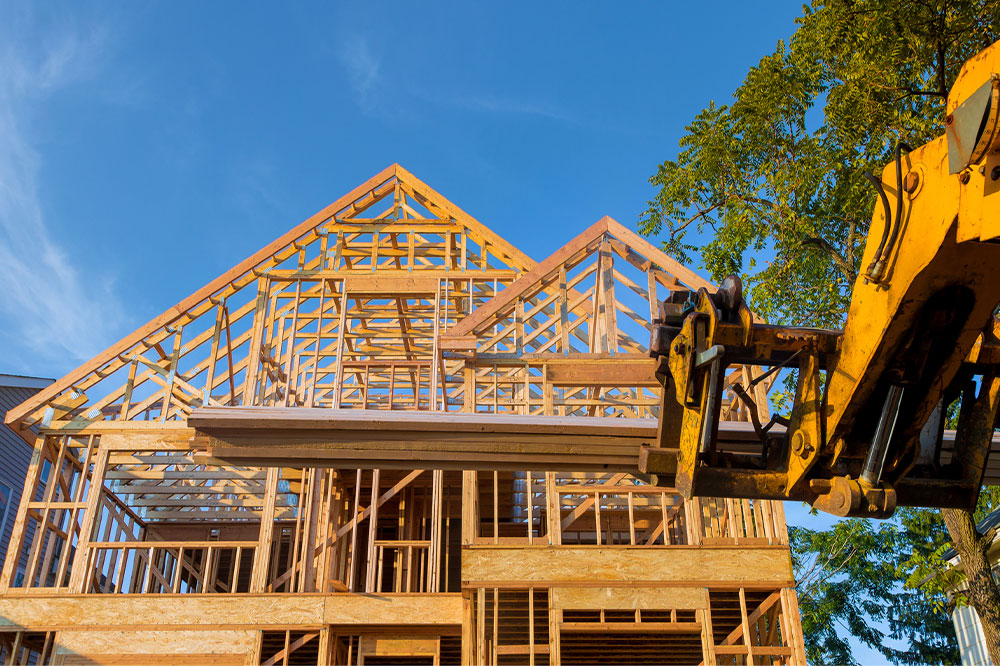Effective Methods for Concrete Repair and Step-by-Step Guidelines
Learn about effective concrete repair methods and step-by-step procedures to maintain the longevity of your structures. From epoxy injections to slab leveling, this guide covers essential techniques suitable for residential and commercial applications. Proper diagnosis, planning, and execution are key to ensuring durable, safe, and long-lasting concrete structures in any environment.

Effective Methods for Concrete Repair and Step-by-Step Guidelines
Concrete is a fundamental building material valued for its strength and versatility. It’s extensively used in foundations, columns, and other structural elements due to its durability and affordability. Maintaining concrete structures is vital to ensure longevity, requiring timely repairs to address damage caused by environmental factors or wear over time.
Common concrete repair methods
Concrete can be restored through various techniques suitable for different types of damage.
Epoxy resin injections
The epoxy resin acts as a high-performance bonding agent that penetrates cracks and voids, reinforcing the structural integrity. It offers excellent chemical resistance and enhances durability, especially in large-scale structures.
Grooving and sealant application
Not all issues require extensive repairs. Small cracks can be managed by grooving and sealing, where the crack is sliced to assess its depth, then V-shaped grooves are carved and filled with specialized sealant. Reinforcing rods can be inserted beforehand to strengthen the repair. This method is effective for minor cracks resulting from thermal shifts or shrinkage but is limited to superficial damage.
Concrete stitching
This technique involves inserting metal bars through grooves on either side of the crack to hold slabs together, effectively preventing further separation. While it stabilizes the structure temporarily, it does not entirely seal the crack, making it a short-term solution compared to epoxy repairs.
Deep crack drilling and plugging
For cracks rooted deep within the foundation or supporting beams, drilling into the affected area allows for the injection of epoxy grout. Multiple drills may be needed. This method is especially useful for linear, straight cracks, providing a reliable fix by plugging the damage from inside.Steps for concrete repair
Regular exposure to weather, usage, and accidental impacts can cause concrete to weaken over time. Here are the essential steps to repair both residential and commercial concrete structures:
Step 1: Diagnose the cause
Before repairing, identify the root cause of damage, whether due to weather, chemical exposure, or structural load. Understanding the cause helps determine the most appropriate repair method.Step 2: Assess the extent of the damage
Repairs are categorized into crack filling, spall repairs, and joint restorations. For example, small cracks can be sealed, while larger Spalls may need filling or reinforcement. Slab leveling is performed to correct uneven surfaces. These assessments guide the repair process efficiently.Step 3: Prepare for repairs
Proper preparation involves planning the scope, sourcing materials, and scheduling work. Small repairs like crack sealing can be DIY, but extensive repairs should be handled by professionals. Cost considerations depend on factors like repair size, materials, and labor.If new concrete installation is needed, distinctions exist between residential and commercial applications. Commercial concrete is engineered to sustain higher loads and frequent vehicular movement, while residential concrete supports smaller structures like walls and foundations, providing stability and support.









